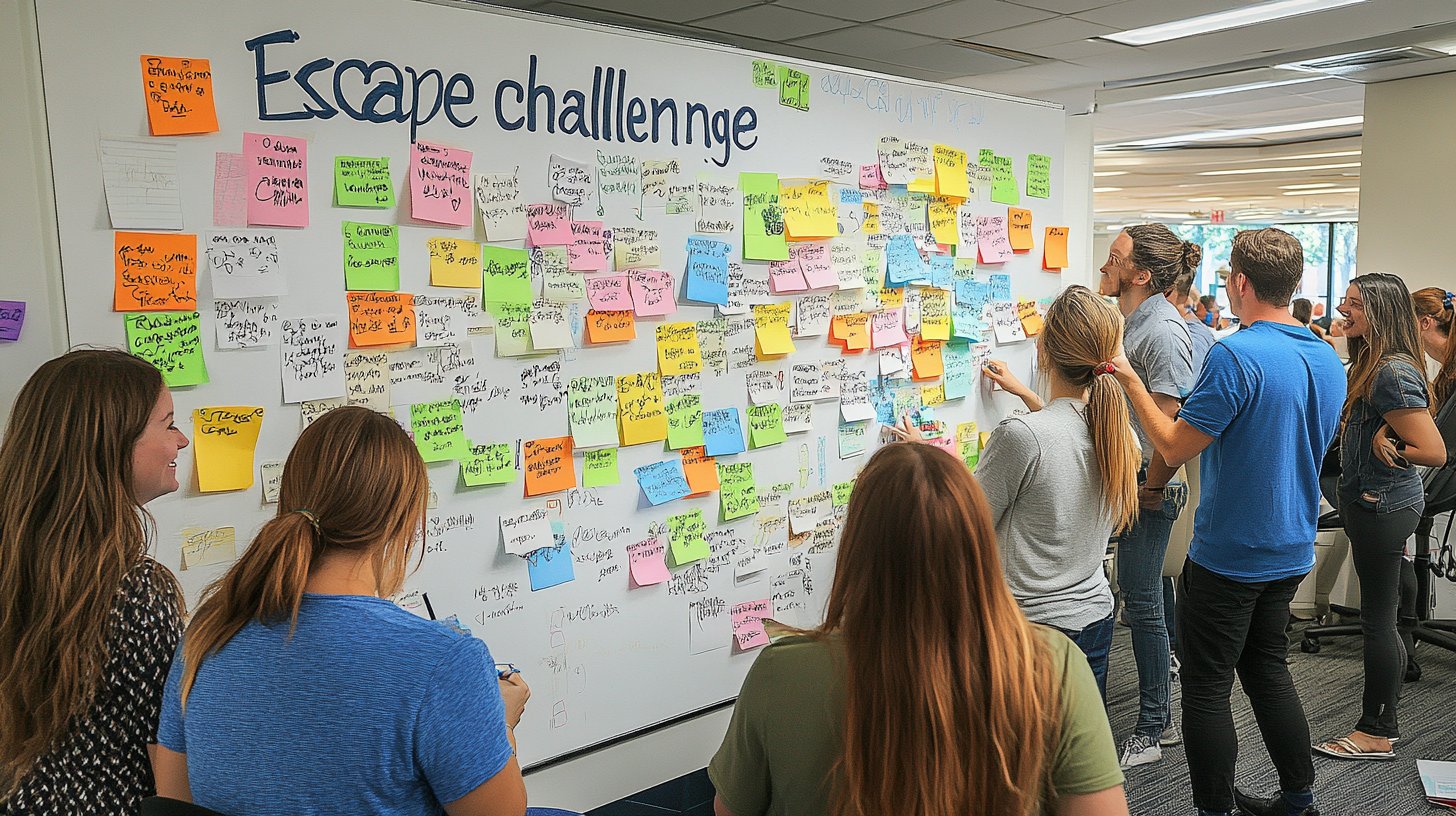Managing a team involves various challenges: maintaining motivation, fostering cohesion, and structuring collective work. You are looking for solutions to overcome concrete problems: unclear communication, poorly understood objectives, or growing demotivation. These situations hinder your ambition to achieve tangible results and create a harmonious work environment.
You need practical tools and immediately applicable ideas to unite your team members. How can you motivate everyone while ensuring a smooth organization? What methods guarantee constructive interactions and strengthen engagement? You are not alone in this quest. A well-led team becomes a force capable of tackling ambitious challenges, provided you implement suitable and concrete practices.
We will explore the keys to building a solid team dynamic, detailing each aspect to guide you toward optimized management.
Understanding Roles and Skills
Everything starts with a clear understanding of the roles and skills of each team member. Knowing everyone’s strengths and weaknesses allows for a productive distribution of work, avoiding overloads or imbalances in task allocation.
There are several ways to identify individual skills. For example, regular interviews can help pinpoint what each person excels at and where they might need improvement. Using skill assessment tests can also provide an objective evaluation of each person’s capabilities.
Setting Clear Goals
Setting clear goals is one of the cornerstones of effective team leadership. Well-defined objectives provide a precise direction around which everyone can rally their efforts. This also makes it easier to measure progress and make necessary adjustments if things are not going as planned.
For these goals to be truly effective, they must be specific and measurable. Favoring SMART criteria (Specific, Measurable, Achievable, Realistic, and Time-bound) is a great approach. This way, each team member knows exactly what is expected of them and can work accordingly.
Motivating Your Team
Maintaining motivation within the team is essential to achieving the set goals. Often, motivation depends on factors such as recognition, opportunities for personal and professional development, and the overall work atmosphere.
Here are some methods to encourage motivation:
- Regularly express gratitude for the work accomplished.
- Offer opportunities for training and personal growth.
- Create a positive and inclusive work environment.
Open and Transparent Communication
Open and transparent communication plays a key role in leading a work team. Fostering an atmosphere where every member feels comfortable expressing their ideas and concerns encourages collaboration and strengthens team cohesion.
Using varied communication channels such as regular meetings, instant messaging platforms, and emails ensures that you reach all members according to their preferences and availability. Providing regular, constructive feedback also helps maintain a two-way flow of communication.
Conducting Meetings
Meetings play a crucial role in coordinating activities and projects. For them to be productive, they must be clearly structured and have precise expectations set beforehand.
Starting with a concise but complete agenda is a smart practice. Sticking to the planned schedule and limiting the time spent on each topic helps keep the meeting on track.
Involving All Members
Encouraging active participation from all members during meetings harmonizes contributions and fosters a sense of belonging. Asking direct questions, seeking opinions, and valuing each input are effective ways to achieve this.
To maximize engagement, use the following techniques:
- Summarize key points at the end of the meeting to ensure mutual understanding.
- Define concrete tasks and assign clear responsibilities.
Fostering Team Cohesion
Team cohesion does not happen spontaneously; it is cultivated. Several actions help strengthen bonds among colleagues: team-building activities, company outings, or even shared coffee breaks can work wonders.
Incorporating quarterly group-building activities creates opportunities to break the ice and strengthen professional relationships. Encouraging informal interactions also supports this process and helps create a pleasant work environment.
Organizing Work
Good work organization simplifies team management significantly. Using effective tools to plan tasks, track projects, and manage time greatly improves overall efficiency.
Tools like Asana, Trello, or Microsoft Teams facilitate organization. They provide an overview of ongoing projects and allow for tracking task progress individually or collectively.
| Tool | Type | Main Features |
|---|---|---|
| Asana | Project management | Subtasks, deadlines, reminders |
| Trello | Kanban | Boards, cards, lists |
| Microsoft Teams | Collaboration | Chat, video calls, Office365 integration |
Developing Leadership
Leadership is not reserved for managers alone. Every member can make a significant contribution through their leadership qualities. Initiating mentorship programs, offering leadership training, or simply delegating certain responsibilities fosters the development of strong leaders within the team.
Other tools include guided brainstorming sessions, workshops focused on personal and professional development, and regular feedback to nurture these qualities among all participants.
Building Trust
Establishing a culture of trust is essential for the proper functioning of a team. Trust unlocks creativity and stimulates innovation. To build this trust, transparency and honesty are key.
Providing constructive and respectful feedback, showing empathy during challenging times, and celebrating successes together all contribute to reinforcing this invaluable atmosphere of trust.
Leading a team requires daily commitment and careful attention to detail. Maintaining motivation, fostering open communication, organizing work effectively, and developing leadership skills are key elements. By applying these principles, every manager can guide their team to new heights of performance and professional satisfaction.







